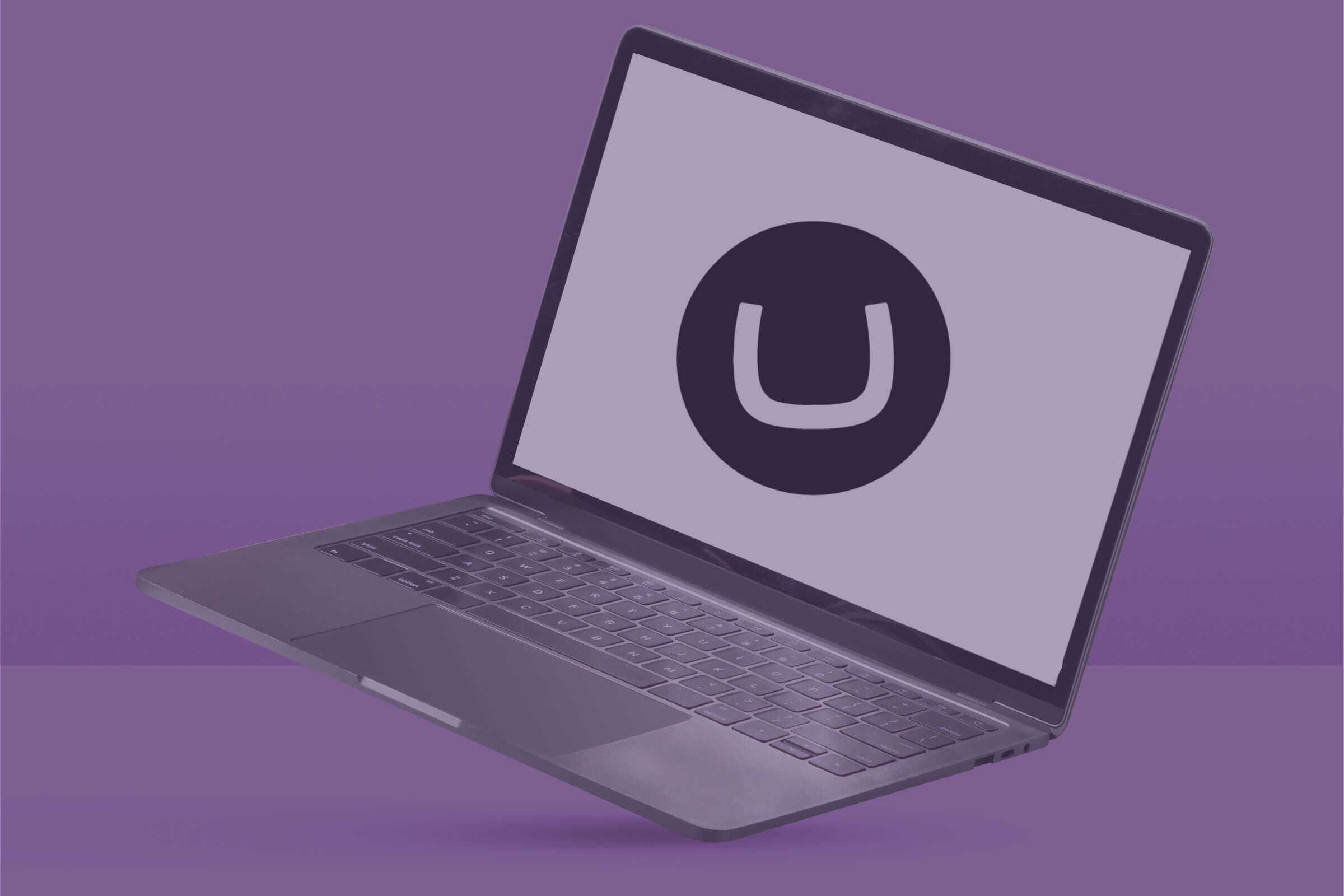
In today's digital world, content management systems (CMS) dominate the digital landscape. Among the many CMS options available, Umbraco stands out with its flexibility and robust features. However, like any software, it continually evolves through updates and enhancements, ensuring users have access to the best tools, security, and performance.
Whether you are a seasoned web developer or an Umbraco newbie, understanding when and how to update this your CMS is crucial. In this blog post, we will delve into the Umbraco release cycles, guide you through deciding when the right time is to update and offer tips to make the process as smooth as possible.
The different types of Umbraco releases
Umbraco, like many software platforms, classifies its updates into three main categories:
- Patch versions: Released as needed, these versions primarily address bugs identified in the latest minor version.
- Minor versions: Released approximately every 6 weeks, these versions often bring new features, functionality, and improvements to the platform.
- Major versions: Following the release of Umbraco 9, major versions are released twice per year. These versions are larger-scale changes and will normally include breaking changes (changes that can potentially break an integration) or incompatible API changes.
Benefits of regularly updating Umbraco
- Improved security: With the digital landscape constantly evolving, regular updates give you enhanced protection, safeguarding your content and user data.
- Access to new features and functionalities: Be one step ahead and take advantage of the latest tools Umbraco offer to make your site more user-friendly and dynamic.
- Performance enhancements: Updates often come with increased optimisation, faster loading times and streamlined experiences.
- Maintaining compatibility: As integrations and plugins evolve, updating can ensure they continue functioning seamlessly with your Umbraco installation.
Potential risks of not updating Umbraco
Although you may feel comfortable with your current setup, there are some things to consider when deciding not to update:
- Security vulnerabilities: If you remain on an older version, you increase your risk of being susceptible to threats against your site and data.
- Missing out on enhanced features: While your site may remain the same, the digital world is always moving forward. Don’t get left behind and miss out on features and functionality.
- Compatibility issues: By keeping on older versions, you might limit your ability to take advantage of plugins or software integration that are no longer compatible with your site.
- Falling behind: If you keep on top of updates as they are made available, the process tends to be much smoother than if you put them off and then need to do several major updates in one go.
So, you know when the new releases are and want to update, but what next? Before hitting the update button, you should consider:
- Compatibility: Check that all your plugins, themes, and custom solutions will work seamlessly post-update.
- Stability: It is always a good idea to leave updating for a few days post-release. Those who go first will likely identify if there are any major issues you should be aware of.
- Backup: The golden rule. Always have a recent backup to revert to if things do go south.
- Test environment: Use your test environments for experimenting with updates. This gives you a chance to check plugins and basic features operate flawlessly. Better safe than sorry!
- Review release notes: Knowledge is power. Take time to fully understand what’s new, fixed or changing in the update.
Version End of life (EOL)
You may have heard the term End of Life regarding software versions. When a major version becomes EOL it is no longer supported by the Umbraco development team, and there will be no further minor or patch releases. Therefore, there will be no future work, maintenance of features or fixes for bugs, regressions or even security issues.
Versions that are now EOL:
- Umbraco 11
- Umbraco 9
- Umbraco 8
- Umbraco 7
Umbraco 10 is also due to become EOL in June 2025. If you’re version is EOL, or soon to be, speak to us today to arrange a plan to make your site secure again.
LTS vs STS
Umbraco has changed its release cadence to align with the underlying Microsoft .NET framework. As such, every fourth major version (2 years) will be a ‘Long term support’ (LTS) version as all others will be ‘Standard term support’ (STS). The main thing this impacts is the ‘End of life’ (EOL) date for that version where patches will no longer be made available.
In our rapidly changing digital age, staying updated ensures security, functionality, and compatibility. Umbraco has an array of features, which if maintained, provides a platform that can be a powerhouse for any web content.
As an Umbraco Platinum Partner, our expert team is always on hand to help you future-proof your Umbraco site and update it if your version is becoming EOL.














